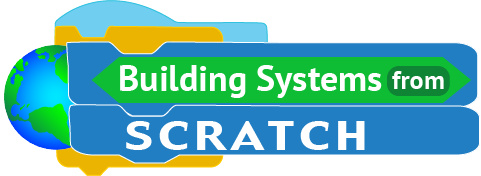The Learning Library
Information in the Learning Library will support students to learn content related to climate change in two ways:
1. A “brief” of three to four paragraphs introduces the topic
2. A selection of relevant visualizations, animations, and/or videos provides additional information
Note: Every student should read the first chapter, “Systems thinking.”
Systems
Systems thinking is a way of thinking about the world around us as – systems. It means identifying the components in a system, exploring how they are connected and how these connections produce the behavior of the system. It is central to understanding climate change.
Feedback loops within the climate system can lead to an acceleration of global warming or slow it down.
How heat energy moves through Earth’s systems
Solar energy entering Earth’s climate system is moved around our planet by complex processes.

Water
Oceans play a key role in both storing and moving heat around the planet.
The water cycle refers to how water moves locally and globally. Every stage in the water cycle involves a large transfer of heat energy.

Air
The gases in air are components of our atmosphere. The atmosphere plays a major role in storing, releasing, and moving heat.
The greenhouse effect refers to the warming of Earth’s surface and atmosphere through the trapping of solar energy in greenhouse gases – water vapor, carbon dioxide, methane, and others.
Living things – collectively the biosphere – plays a role in the climate system.

Carbon cycle
Carbon flows through the living and non-living components of Earth systems.
Human disruptions of the Carbon cycle
Human activity disrupts the carbon cycle by increasing carbon in the atmosphere.

Human causes and impacts of climate change
Evidence for human causes of climate change
Evidence shows that human activities are the primary driver of current warming.
We expect climate change to affect the biotic and abiotic parts of our planet in many ways.
Sea levels have risen and will continue to rise due to global warming.
Is there a link between extreme weather and climate change?

What can we do?
There are two categories of action in responding to climate change: mitigation, trying to reduce or slow the warming, and adaptation, planning for the changes that we can’t prevent.
How do we slow or minimize climate change?
How can we adapt to the changes that can’t be avoided?

Download the Entire Learning Library
Fill out the form to download the entire Learning Library in one PDF or download the individual chapters above.
